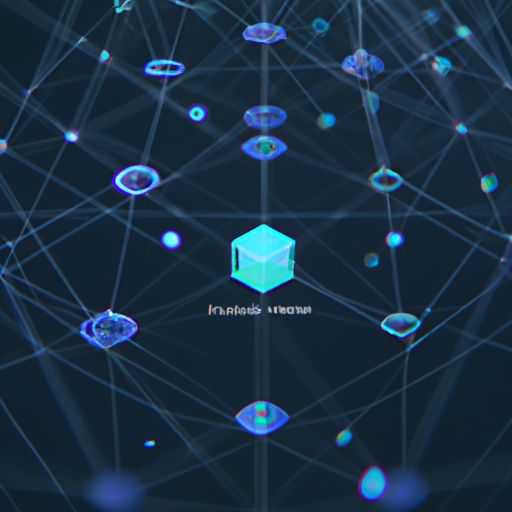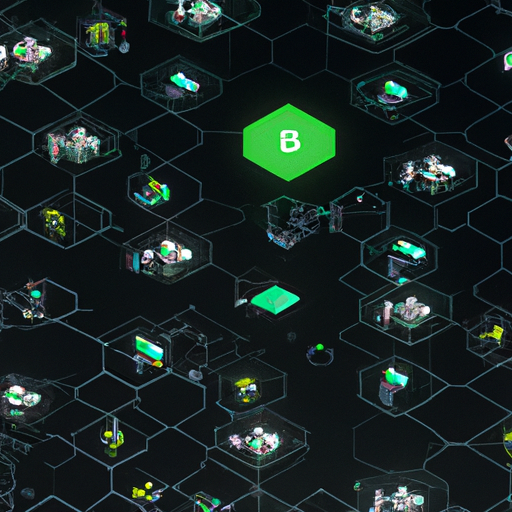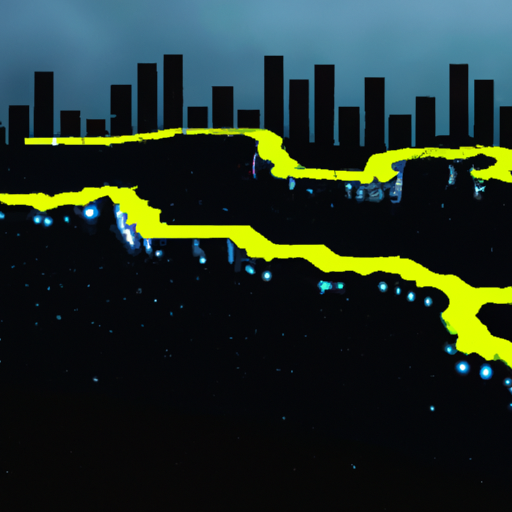“Web3: Powering the Future of Internet through Decentralization”
Exploring the Rise of Web3: The Future of Internet through Decentralization

The rise of Web3, or the decentralized internet, is a fascinating development that is shaping the future of the internet. This new paradigm shift is a significant departure from the current Web2 model, which is centralized and controlled by a few tech giants. Web3, on the other hand, is a decentralized version of the internet that leverages blockchain technology to create a more open, secure, and user-centric online environment.
Web3 is built on the principles of decentralization, which means that no single entity has control over the entire network. Instead, control is distributed among a network of peers, each of which has an equal say in the network’s operation. This decentralization is made possible by blockchain technology, which provides a secure, transparent, and immutable ledger of transactions. This technology is the backbone of cryptocurrencies like Bitcoin and Ethereum, but its potential applications extend far beyond digital currencies.
The rise of Web3 is driven by a desire for greater privacy, security, and control over personal data. In the current Web2 model, users often have little control over their own data. Tech giants like Google and Facebook collect vast amounts of personal information, which they use to target ads and shape user experiences. This has led to growing concerns about privacy and data security, as well as a sense of powerlessness among users.
Web3 promises to address these concerns by giving users more control over their data. In a decentralized internet, users own their data and decide who can access it. This not only enhances privacy but also allows users to monetize their data if they choose to. For instance, a user could decide to sell their browsing history to advertisers directly, rather than allowing a tech giant to collect and sell this information.
Moreover, Web3 also promises to foster innovation and competition. In the current Web2 model, a few tech giants dominate the market, making it difficult for new players to compete. By decentralizing the internet, Web3 could level the playing field and encourage more competition and innovation. This could lead to a more diverse and vibrant online ecosystem, with a wider range of services and platforms for users to choose from.
However, the transition to Web3 is not without challenges. For one, the technology behind Web3 is complex and still relatively new. This means that there are still many technical hurdles to overcome, and it may take time for the technology to mature and become widely adopted. Additionally, there are also regulatory challenges to consider, as governments around the world grapple with how to regulate blockchain technology and cryptocurrencies.
Despite these challenges, the rise of Web3 represents a significant shift in the way we think about and use the internet. It promises a more open, secure, and user-centric online environment, where users have more control over their data and where innovation and competition are encouraged. As such, the rise of Web3 is not just a technological development, but a societal one as well. It represents a new vision for the internet, one that is shaped by the principles of decentralization and user empowerment. As we move into the future, it will be fascinating to see how this vision unfolds and how it shapes the internet’s evolution.



